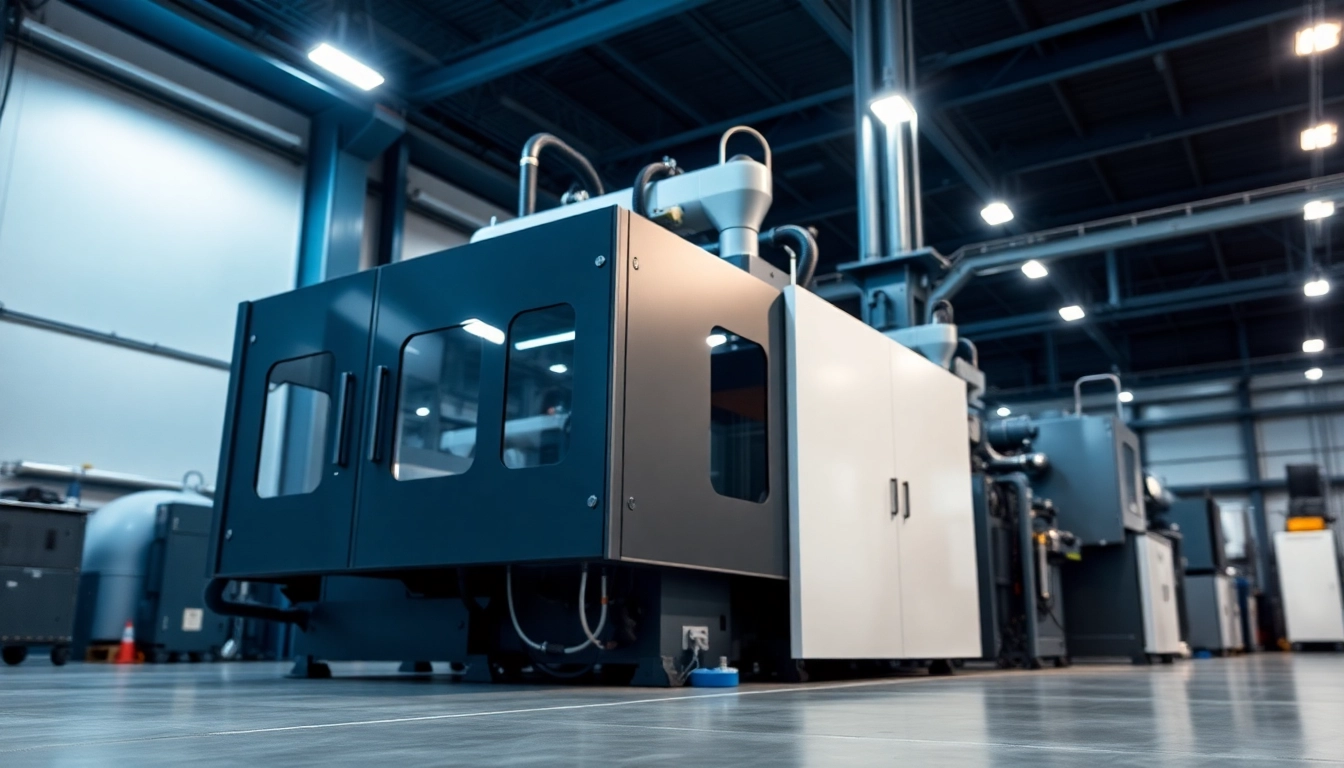Understanding Infusion Resins
Infusion resins play a pivotal role in the realm of composite manufacturing. These specialized materials are designed for use in processes that require a careful balance of performance, integrity, and efficiency. By utilizing low-viscosity formulations, infusion resins enable manufacturers to achieve remarkable results in various applications, especially when transforming intricate composite structures. As innovations in resin technology evolve, the demand for efficient and high-quality infusion resins is increasing within industries ranging from aerospace to automotive. Let’s delve deeper into what these resins are, their applications, and the benefits they offer.
What are Infusion Resins?
Infusion resins are specially formulated synthetic resins used in the composite manufacturing process. They are typically characterized by their low viscosity, which allows them to penetrate complex mold geometries effectively. This feature is particularly advantageous in vacuum infusion processes, where a vacuum is applied to draw the resin into the mold, ensuring thorough wet-out of reinforcement materials like fiberglass or carbon fiber.
Applications of Infusion Resins
Infusion resins are widely applicable in numerous domains, including:
- Aerospace: Used in manufacturing lightweight, high-strength components essential for aircraft and spacecraft construction.
- Automotive: Facilitate the production of durable parts while complying with weight and performance standards.
- Marine: Applied in the fabrication of boats and other marine vessels needing resilience against water and corrosive environments.
- Wind Energy: Essential in creating composite materials for the blades of wind turbines, maximizing strength while minimizing weight.
Benefits of Using Infusion Resins
Utilizing infusion resins offers several advantages:
- Improved Quality: The infusion process reduces air entrapment, leading to superior mechanical properties compared to traditional hand layup techniques.
- Cost-Effectiveness: Although initial investments may be higher, infusion resins can lead to reduced material waste and quicker production times.
- Environmental Considerations: Many manufacturers are now offering sustainable options in infusion resin formulations, which reduce toxic waste and enable easier recycling of materials.
Types of Infusion Resins
Epoxy-based Infusion Resins
Among the various types of infusion resins, epoxy-based formulations are preferred for their superior mechanical and thermal properties. They offer strong adhesion to reinforcements and exhibit excellent chemical resistance, making them ideal for high-performance applications. Epoxy resins can be tailored to achieve specific characteristics, including flexibility and heat resistance, by adjusting the resin’s formulation.
Polyester vs. Epoxy Infusion Resins
While epoxy resins are often the go-to choice for high-performance applications, polyester infusion resins present their own set of advantages. Polyester resins are generally less expensive and cure quicker, which can be beneficial for mass production environments. However, they may not provide the same level of mechanical strength and thermal stability as epoxies. When choosing between polyester and epoxy, manufacturers must assess their specific requirements, considering factors such as budget constraints, performance expectations, and environmental conditions.
Innovative Bio-resins for Infusion
In light of increasing environmental concerns, bio-resins are emerging as a noteworthy alternative in the world of infusion resins. Derived from renewable resources, bio-resins maintain similar performance characteristics while reducing reliance on fossil fuels. They are suitable for various applications, particularly in sectors keen on adopting sustainable practices, thus enabling a transition towards more eco-friendly manufacturing methodologies.
Application Techniques for Infusion Resins
Step-by-Step Infusion Process
The infusion process is a methodical approach that involves several crucial steps:
- Mold Preparation: Clean and prepare the mold surface to ensure optimal adhesion and avoid contamination.
- Placement of Reinforcements: Lay down the reinforcement materials uniformly within the mold.
- Vacuum Bagging: Seal the mold with a vacuum bag, ensuring the entire assembly is airtight for effective resin flow.
- Resin Mixing: Prepare the infusion resin mixture according to the product specifications, ensuring the correct ratio of resin to hardener.
- Infusion Process: Initiate the vacuum and allow the resin to flow into the mold, ensuring complete saturation of the reinforcement material.
- Curing: Allow the resin to cure as per the manufacturer’s instructions, ensuring the integrity of the final product.
Vacuum Bagging Techniques
Effective vacuum bagging is essential to ensure the success of the infusion process. This includes:
- Proper Sealing: Ensuring all edges of the vacuum bag are well sealed to maintain pressure during infusion.
- Vent Placement: Strategically locating vent ports to allow air to escape while facilitating the flow of resin.
- Choosing the Right Bagging Film: Utilizing the appropriate film that can withstand the pressures and temperatures involved in the infusion process.
Common Mistakes to Avoid
Several pitfalls can negatively affect the infusion process:
- Inadequate Vacuum: Failing to achieve sufficient vacuum pressure can lead to incomplete wet-out and weak products.
- Incorrect Resin Mixing: Not following the recommended resin and hardener ratios can result in improper curing and compromised material properties.
- Poor Reinforcement Layout: An uneven layout of the reinforcement material may cause areas of poor adhesion and mechanical strength.
Challenges in Infusion Resin Processes
Viscosity and Flow Management
Managing the viscosity of the resin is critical for ensuring a successful infusion. High-viscosity resins may not penetrate mold fibers adequately, while low-viscosity resins can lead to excessive resin flow, making it difficult to control the infusion process. Selecting the right resin formulation and carefully monitoring temperature can help maintain optimal viscosity during the infusion process.
Contamination Issues
Contamination can impact the curing process and the overall quality of the final product. This can arise from dust, oils, or moisture during mold preparation or resin infusion. To mitigate these risks, it is crucial to maintain a clean work environment and regularly inspect tooling and materials prior to use.
Temperature and Curing Conditions
Infusion resins typically require specific curing conditions, including controlled temperatures and humidity levels. Deviations from these parameters can adversely affect the mechanical properties of the cured resin. Therefore, employing temperature control systems, monitoring environmental conditions, and selecting resins designed for variable curing conditions can enhance reliability and performance.
Future Trends in Infusion Resins
Advancements in Resin Technology
Continuous research and development in resin technology are paving the way for improved formulations. Innovations such as enhanced curing agents, self-healing resins, and advanced filler materials are being explored to elevate performance, sustainability, and versatility in infusion processes.
Sustainable Practices in Infusion Processes
As industries seek to adopt more sustainable practices, the development of eco-friendlier infusion resins is gaining traction. Manufacturers are increasingly focusing on materials derived from renewable sources, improving recyclability, and reducing harmful emissions during production and curing.
Market Insights and Predictions
The infusion resin market is poised for significant growth as sectors prioritize lightweight, durable, and sustainable materials. Adoption across industries like aerospace, automotive, and renewable energy is expected to increase, driven by a combination of technological advancements and an ongoing commitment to environmental stewardship.



